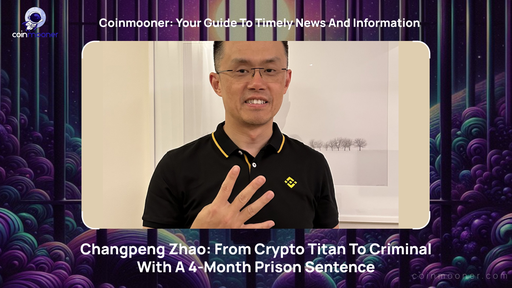Technical Challenges: Distributing Attestations and Signature Complexities in the Ethereum System


In today's news article, the Coinmooner team decided to focus on Ethereum, one of the most popular cryptocurrencies globally, holding the second position on CoinMarketCap with a total market value of $288,359,624,991. The team's attention was drawn to a recent statement by the co-founder of the Ethereum project regarding current issues with processing a large number of signatures in the network. Vitalik Buterin's proposed solutions aim to maintain decentralization while reducing the signature processing load.
Ethereum is both a cryptocurrency and a platform for creating decentralized online services based on blockchain, known as decentralized applications (DApps), operating through smart contracts. This concept was introduced by Vitalik Buterin in late 2013, and the network was launched on July 30, 2015.
In his statement, Vitalik Buterin suggested solutions to overcome difficulties in the Ethereum Proof-of-Stake (PoS) consensus mechanism. He expressed concerns about the systemic complexity of Ethereum's PoS and presented optimization proposals.
Buterin noted that Ethereum supports a vast number of validators (895,000) for decentralization, leading to a high load due to processing numerous signatures (around 28,000 per slot). This approach requires intricate attestation distribution and hyper-optimized BLS signature operations, with no efficient quantum-resistant alternative. Fork selection fixes become challenging due to the inability to extract individual signatures.
Signature computation is challenging, necessitating additional signature work, which increases the secure minimum slot time. The signature aggregation system introduces complexities, and the minimum staking requirement (32 ETH) remains unattainable for many. Establishing a registration system in each slot seems impossible due to high complexity and data volume.

The Coinmooner team decided to take a closer look at the methods proposed by Vitalik Buterin in his statement to address the mentioned issues. Considering a traditional two-round consensus protocol (such as the one used in Tendermint and the one likely to be used in SSF), it would require two signatures for each slot from every participating validator. In his statement, Vitalik Buterin highlighted three main approaches to solving this challenge.
Approach 1: Decentralized Betting Pools
Ensure equal participation in Ethereum betting by using decentralized betting pools with DVT technology. Transition from the current system, which violates the principle of equality due to high technical costs and a large minimum deposit, to using only decentralized betting pools with an increased minimum deposit. This will reduce technical costs and encourage competition among pools.
Approach 2: Two-Tiered Staking
Enhance censorship resistance and attack resilience by creating two levels of stakers. The "heavy" level with a minimum deposit of 4096 ETH participates in finalization, while the "light" level without a minimum deposit increases security. This provides an additional layer of protection, requiring damage to both levels for a successful attack, but may widen the gap between small and large participants.
Approach 3: Rotational Participation (with Committees)
Ensure security through rotational participation in committees. Select 4096 active validators for each slot, adjusting to ensure security. Allow validators with different balances to participate, ensuring maximum spending efficiency. Maintain individual staking, a classless system, and the ability to reduce the minimum deposit size despite protocol complexity.
In his statement, Vitalik Buterin draws conclusions about three proposed solutions. According to him, implementing 8192 signatures after SSF in the protocol will significantly simplify the tasks for technical specialists and developers of third-party infrastructure. It will also streamline the launch of the consensus client, ensuring more efficient management of future Ethereum workloads through hard forks. The choice of a specific approach still needs to be decided, taking into account compromises and related issues, such as liquid staking, which will require time to reach a final decision.
The Coinmooner team believes that the presented news article will be beneficial for those actively studying and investing in this asset, opening up prospects for a deeper analysis of the provided information. We also urge our readers to always verify information from reliable sources, pay attention to personal analysis. In addition, we encourage everyone to prioritize the safety and protection of their investments in the Web3 world.










